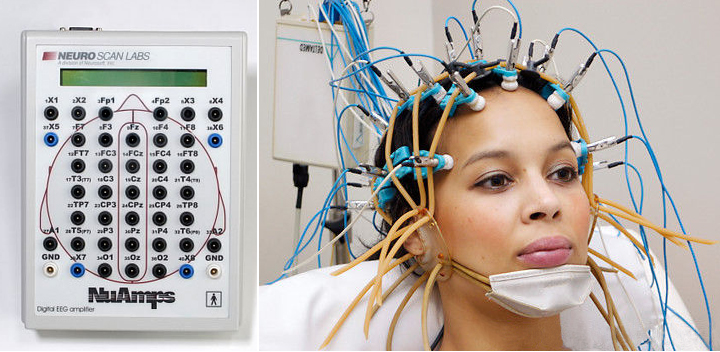Researchers Use Machine Learning and Brain Signals to Predict Online Readers’ Interests
Researchers in Finland have proven that it is possible to predict the interests of online readers by monitoring the readers’ brain signals and using machine learning.
In a study published in Nature journal, researchers at Helsinki Institute for Information Technology (HIIT) and the Centre of Excellence in Computational Inference (COIN) wrote that human capabilities are limited in finding relevant information from the vast collection of data found on the World Wide Web. To predict the interests of online readers, current recommender systems rely on implicit monitoring of past behavior of users such as which videos they watch, which documents they read and which products they shop.
“Unfortunately, people are reluctant to provide explicit feedback to recommender systems. An intriguing alternative is to monitor the brain activity of an individual to infer information about relevance,” the researchers wrote.

In order to predict the interests of online readers, the researchers asked their test subjects to read Wikipedia articles of their choice. During the online reading session, the brain signals of the readers were measured by electroencephalography (EEG). Because of the noise in brain signals, the researchers used machine learning for modeling so that interests could be identified by learning the EEG responses.
“Information overload is a part of everyday life, and it is impossible to react to all the information we see. And according to this study, we don’t need to; EEG responses measured from brain signals can be used to predict a user’s reactions and intent,” Manuel Eugster, lead researcher of the study, told Aalto University News.
Current EEG sensors are inconvenient – with all the wires attached to a machine. “It is possible that, in the future, EEG sensors can be worn comfortably. This way, machines could assist humans by automatically observing, marking and gathering relevant information by monitoring EEG responses,” Tuukka Ruotsalo, co-author of the study, said.
